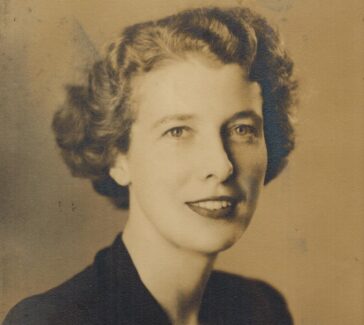George E. Davis
Working in the late 19th century, Davis, an Englishman, was often credited with being the father of chemical engineering by members of subsequent generations of chemical engineers. His ‘Handbook of Chemical Engineering’ was the first of its kind.

In England in the 1880s, George E. Davis’s ideas about engineering promoted a new scientific field, one that encompassed both chemical processes and mechanical equipment. But the concept was not fully embraced until the 1890s, by engineers in the United States. Chemical engineering subsequently became an established field of study.
Early Pioneer in Chemical Engineering

The eldest son of a bookseller, Davis (1850–1906) studied at the Slough Mechanics Institute and the Royal School of Mines in London (now part of Imperial College, London) and then headed north to work in the chemical industry around Manchester. Before he embarked on a career as a consulting engineer, he held various positions—one as an inspector for the Alkali Act of 1863, a very early piece of environmental legislation that required soda manufacturers to reduce the amount of hydrochloric acid gas vented into the atmosphere from their factories. Davis was also a moving spirit behind the formation of the Society of Chemical Industry (1881), which he had wanted to name the Society of Chemical Engineering.
Davis’s Handbook of Chemical Engineering
In 1887 Davis gave a series of 12 lectures at the Manchester School of Technology (now part of the University of Manchester), which formed the basis of his two-volume Handbook of Chemical Engineering (1901; revised 1904), the first of its kind.
There were already industrial chemistry books written for each chemical industry—for example, alkali manufacture, acid production, brewing, and dyeing—and even a few overviews, but Davis was unique in organizing his text by the basic operations common to many industries—transporting solids, liquids, and gases; distillation; crystallization; and evaporation, to name a few—and heavily illustrating these with the plant machinery then available for purchase.
Moreover, he was generous in providing real-life examples of the practices and problems of the chemical plant. During his busy consulting career Davis only taught the one lecture series, and so his handbook had to play the role of creating disciples. Evidently it did in the case of American professors like the Massachusetts Institute of Technology’s William H. Walker and Warren K. Lewis.



